Resolution No. 57-NQ/TW emphasizes that the development of science, technology, innovation and national digital transformation is a top important breakthrough, the main driving force to rapidly develop modern productive forces, perfect production relations, innovate national governance methods, develop the socio- economy , prevent the risk of falling behind, and bring the country to breakthrough development and prosperity in the new era.
The resolution will create momentum for rapid and sustainable agricultural development, enhance competitiveness and address environmental challenges, encourage the application of high technology, build green and circular agriculture, help minimize negative impacts on the environment, restore land and protect public health.

Resolution No. 57-NQ/TW creates momentum for rapid agricultural development, enhances competitiveness and addresses environmental challenges. Photo: Van Dinh.
To clarify the above issue, a reporter from Agriculture and Environment Newspaper had an interview with Associate Professor, Dr. Tran Thanh Duc - Principal of the University of Agriculture and Forestry ( Hue University).
What do you think is the biggest opportunity that Resolution 57 brings to the agricultural sector? What is the potential for applying science and technology, innovation, and digital transformation in Vietnam's agricultural production today, sir?
Assoc. Prof. Dr. Tran Thanh Duc: Agriculture is the pillar of the economy, summarized on the basis of theory and practice. Innovation in science and technology, innovation and digital transformation in agriculture are really important for sustainable agricultural and environmental development, breakthroughs in quantity and quality, increased value and greater contribution to the economy. The biggest opportunity that Resolution 57 brings to the agricultural sector is to create opportunities and strong mechanisms for research units on finance and agricultural technical infrastructure, creating the best environment to create many agricultural products with high economic, social and environmental value for the country.
Vietnam's agriculture is in the process of transforming from traditional thinking to agricultural economy, high-tech agriculture, smart agriculture, circular agriculture, green agriculture, in which the science and technology content in products has been significantly improved.
However, there is still much potential that can be exploited to promote more strongly and with more breakthroughs such as the application of biotechnology, artificial intelligence, IoTs, sensors, automation, gene technology, robots, UAVs, big data and blockchain. All areas in the value chain can create breakthroughs thanks to technology and digital transformation, for example in the stages of production, processing, consumption and agricultural environmental treatment.

Associate Professor, Dr. Tran Thanh Duc - Principal of the University of Agriculture and Forestry (Hue University). Photo: Van Dinh.
So, what difficulties and barriers is the agricultural sector facing in the process of applying technology and digital transformation, sir?
Assoc. Prof. Dr. Tran Thanh Duc: Currently, the application of technology and digital transformation in the fields of agriculture and environment is facing barriers such as high costs, difficult access to capital, lack of and unsynchronized technical infrastructure, fragmented production, human resources that do not fully meet the needs, lack of leading experts to act as focal points, and the connection between the three parties (State, enterprises and scientists) is not really effective. Policy mechanisms are not really strong enough to create breakthroughs in research, transfer and commercialization of products, and research and transfer still face many difficulties in financial mechanisms.
Human resources are an important factor and the biggest bottleneck today. In particular, the current thinking and agricultural practices of farmers have not completely escaped traditional thinking, are afraid of change, slow to improve, not ready to accept risks to invest in technology, and farmers' digital capacity is still limited.
In addition, the number of digital technology experts is still small, and has not really created a breakthrough in high-tech applications. Many studies only create products for application in the laboratory, and have not been widely and effectively deployed in actual production...
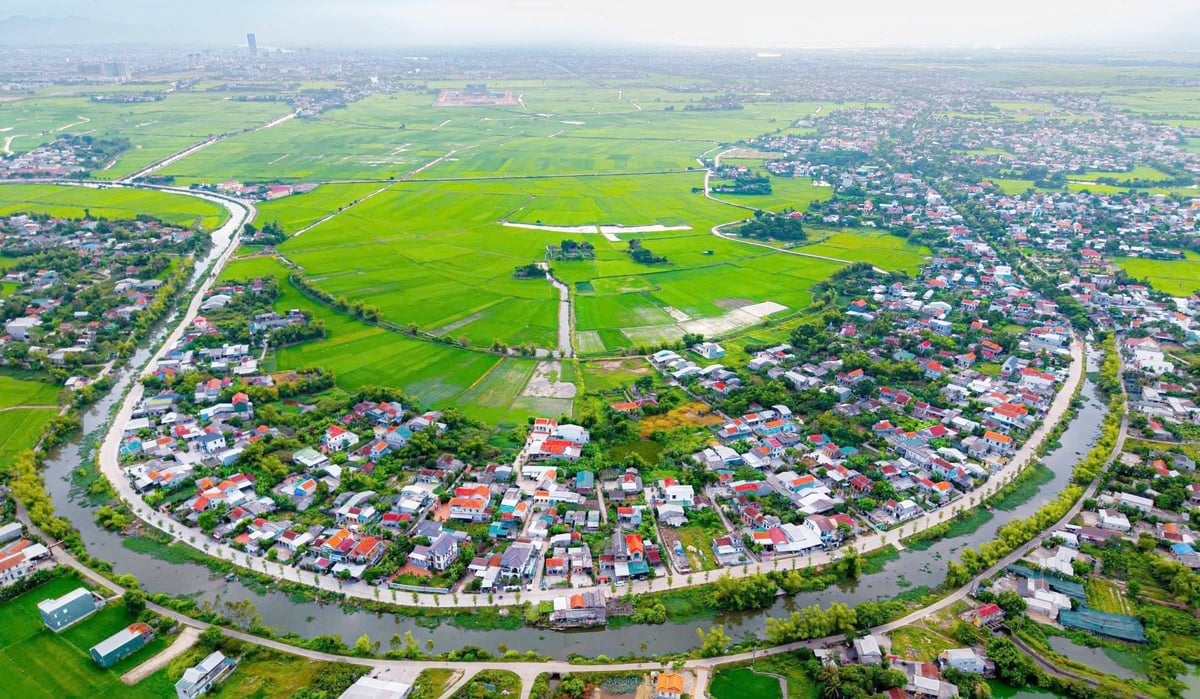
The agricultural sector has been making a great contribution to the economy and still has much potential for development. Photo: Van Dinh.
In reality, where is the weak link between businesses - scientists - the State and farmers, and how should it be resolved, sir?
Associate Professor, Dr. Tran Thanh Duc: The connection between enterprises - scientists - the State - farmers has had many positive and effective changes. The State plays a role in creating and building mechanisms and policies, scientists research and transfer, enterprises implement production and commercialization, farmers are the suppliers and also the beneficiaries of the results of agricultural production and business.
However, for this connection to be truly close and effective, the role of relevant parties needs to be enhanced in all aspects, including: The State needs to synchronously develop policies on capital, land, science and technology, trade promotion, infrastructure upgrading, etc.
Enterprises need to build trust with people and scientists, and need to cooperate to invest in research and deploy technology applications in practice. Scientists need to innovate their scientific thinking, need to research based on business needs (according to the ordering mechanism), and coordinate to deploy testing, production and commercialization.
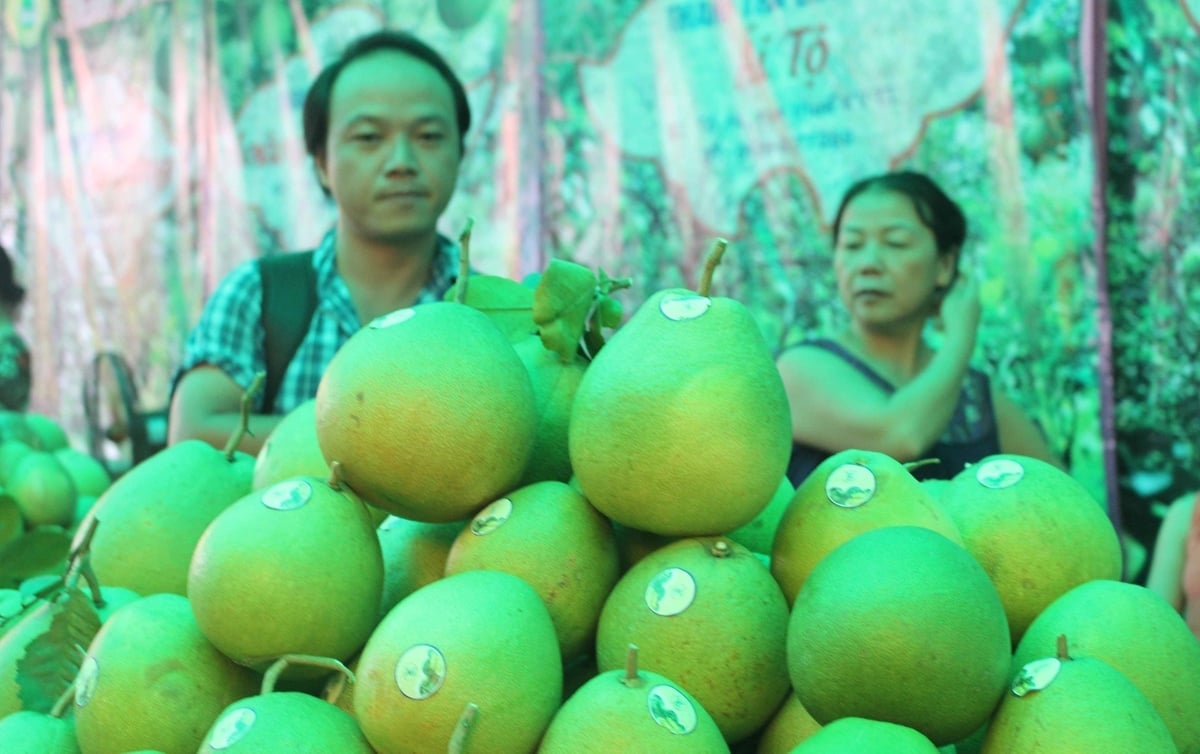
Promoting digital transformation and innovation will be the "leverage" for the agricultural sector to go further. Photo: Van Dinh.
So to implement the spirit of Resolution 57, what breakthroughs should the agricultural and environmental sectors focus on in the coming time?
Assoc. Prof. Dr. Tran Thanh Duc: First, it is necessary to build a truly effective communication program to change the awareness and thinking of stakeholders about "4-house" cooperation: State, scientists/schools, businesses and farmers, including changing the mindset of agricultural production to digital agriculture, smart agriculture, and circular agriculture adapting to environmental changes.
Second, it is necessary to pay attention to investing in research and transferring core technologies in the agricultural sector such as artificial intelligence, automation, robotics, gene technology, biotechnology, big data construction, blockchain, precision agriculture, microbiology, biological products, IoTs, etc.
Third, it is necessary to support agricultural and environmental higher education institutions to develop excellent training programs to build a digital agricultural workforce that meets new needs. There is appropriate investment in strong research groups to develop research and apply high technology in agriculture and the environment.

Building a green, circular agriculture that helps minimize negative impacts on the environment is a sustainable direction. Photo: Van Dinh.
How do you expect the face of Vietnamese agriculture to change by 2030 thanks to digital transformation and innovation?
Assoc. Prof. Dr. Tran Thanh Duc: Resolution 57 needs time to come into life and create significant changes. From now until 2030 is the journey for the State, businesses, people and scientists to deploy breakthrough, focused and key solutions to achieve the important goals as set out in the Resolution.
With the new momentum, I believe that the face of Vietnamese agriculture will have many new breakthroughs, in which modern agriculture will gradually replace traditional agriculture, digital agriculture is the key, digital forces (digital farmers, digital enterprises, digital government and digital scientists) will be an important driving force to change the face of agriculture.
Thank you!
Source: https://nongnghiepmoitruong.vn/cong-nghe-so-la-dong-luc-then-chot-thay-doi-dien-mao-nong-nghiep-d781758.html


![[Photo] Prime Minister Pham Minh Chinh attends a conference to review one year of deploying forces to participate in protecting security and order at the grassroots level.](https://vphoto.vietnam.vn/thumb/1200x675/vietnam/resource/IMAGE/2025/11/12/1762957553775_dsc-2379-jpg.webp)




![[Photo] Highways passing through Dong Nai](https://vphoto.vietnam.vn/thumb/1200x675/vietnam/resource/IMAGE/2025/11/12/1762940149627_ndo_br_1-resize-5756-jpg.webp)








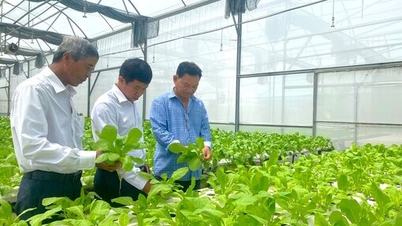

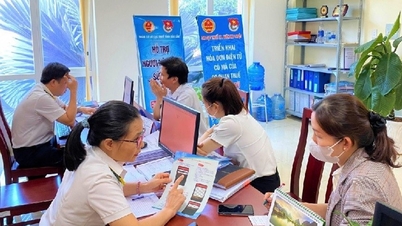

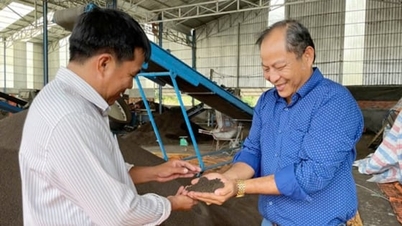


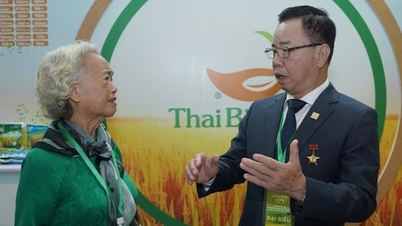
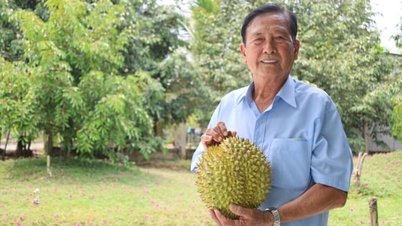





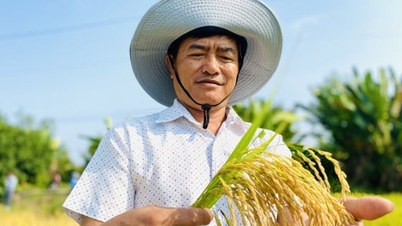
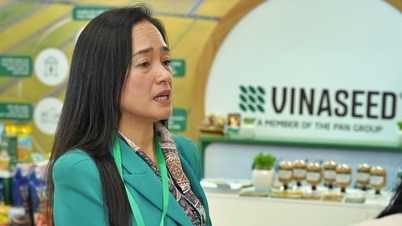




















































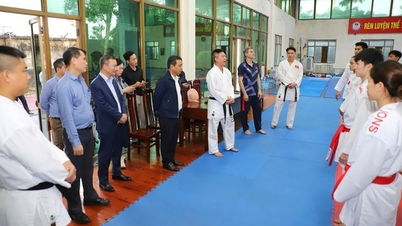






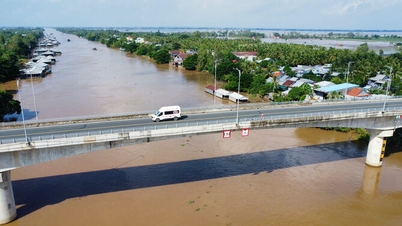

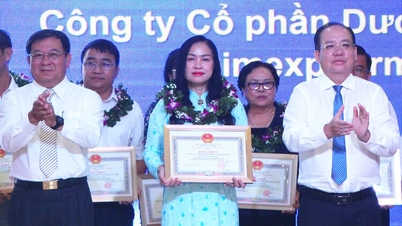
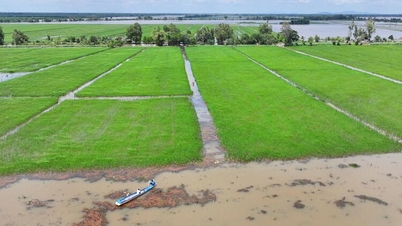






![Dong Nai OCOP transition: [Article 3] Linking tourism with OCOP product consumption](https://vphoto.vietnam.vn/thumb/402x226/vietnam/resource/IMAGE/2025/11/10/1762739199309_1324-2740-7_n-162543_981.jpeg)






Comment (0)